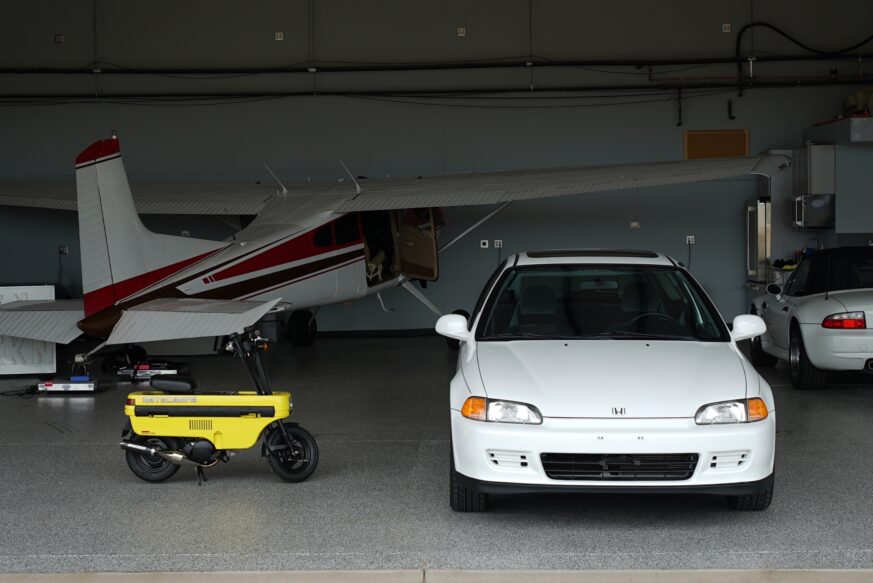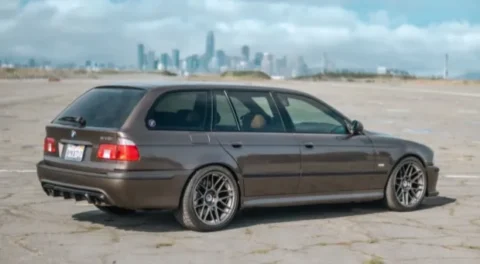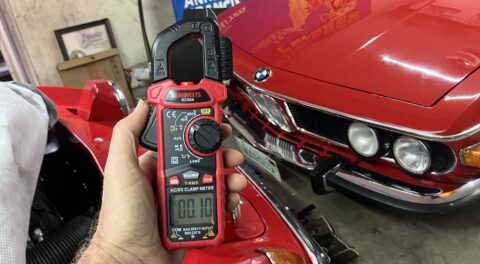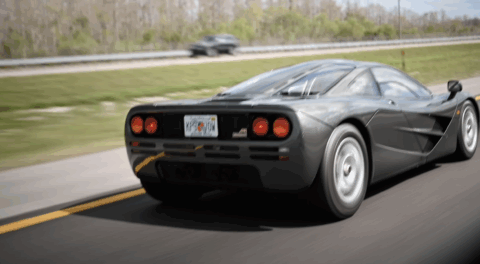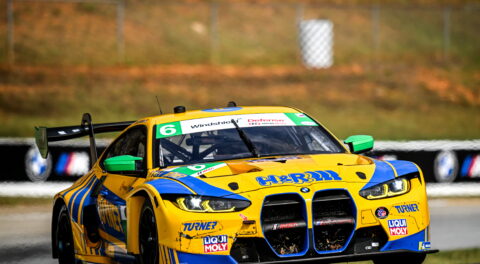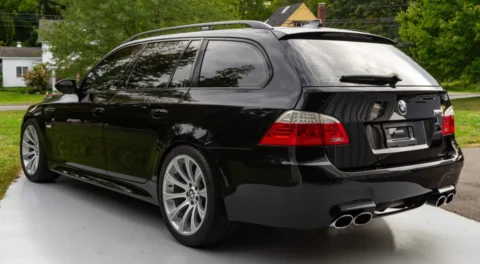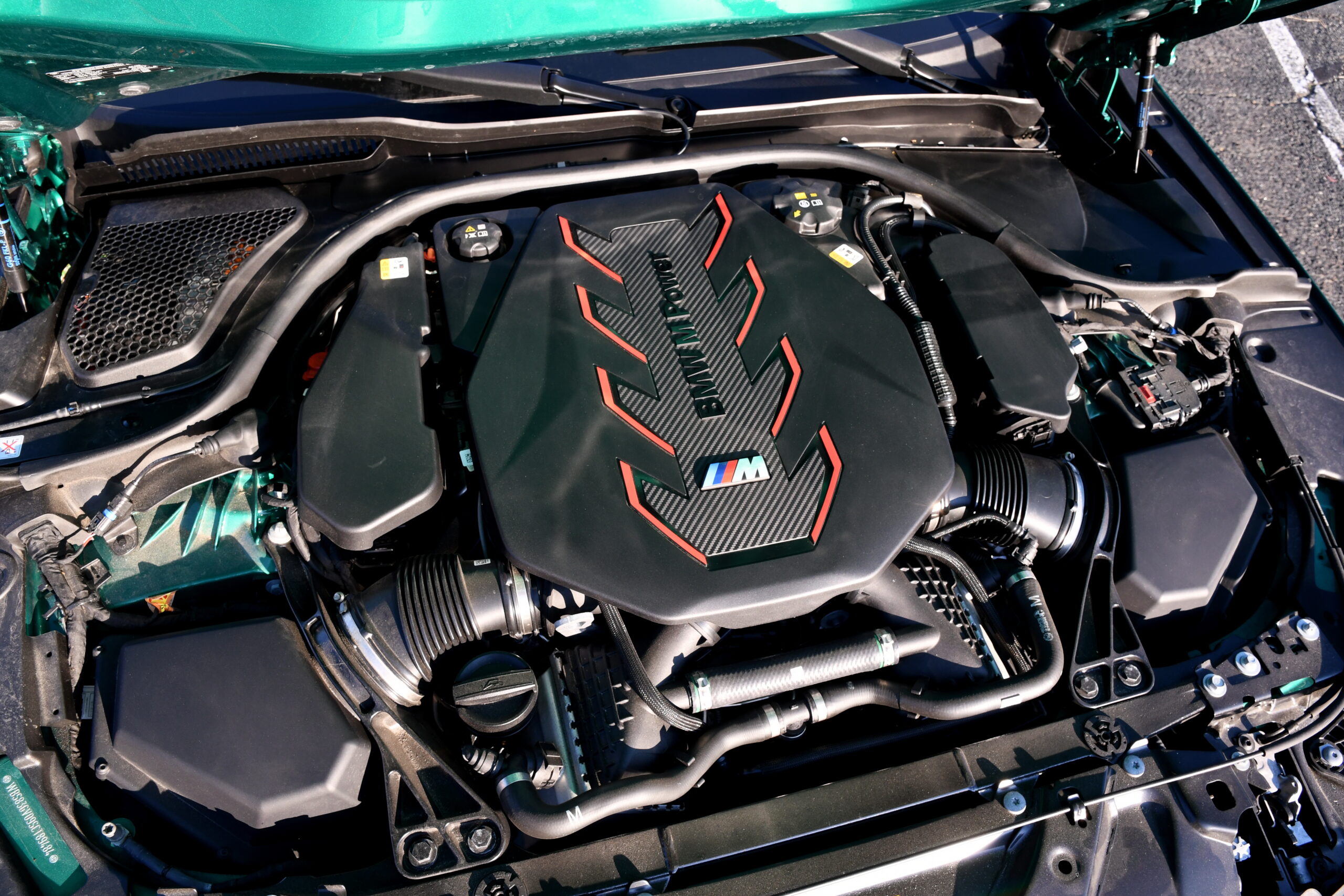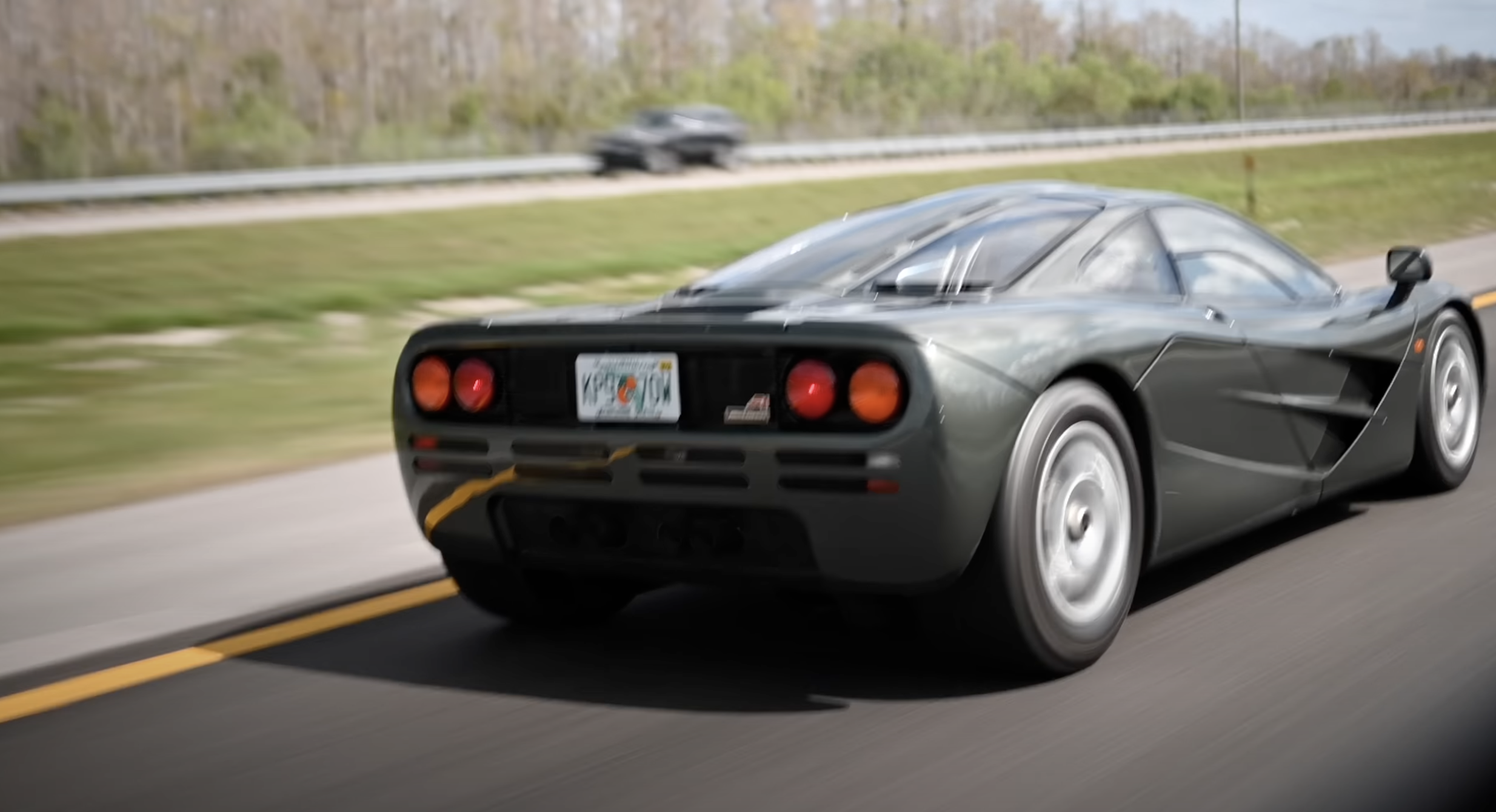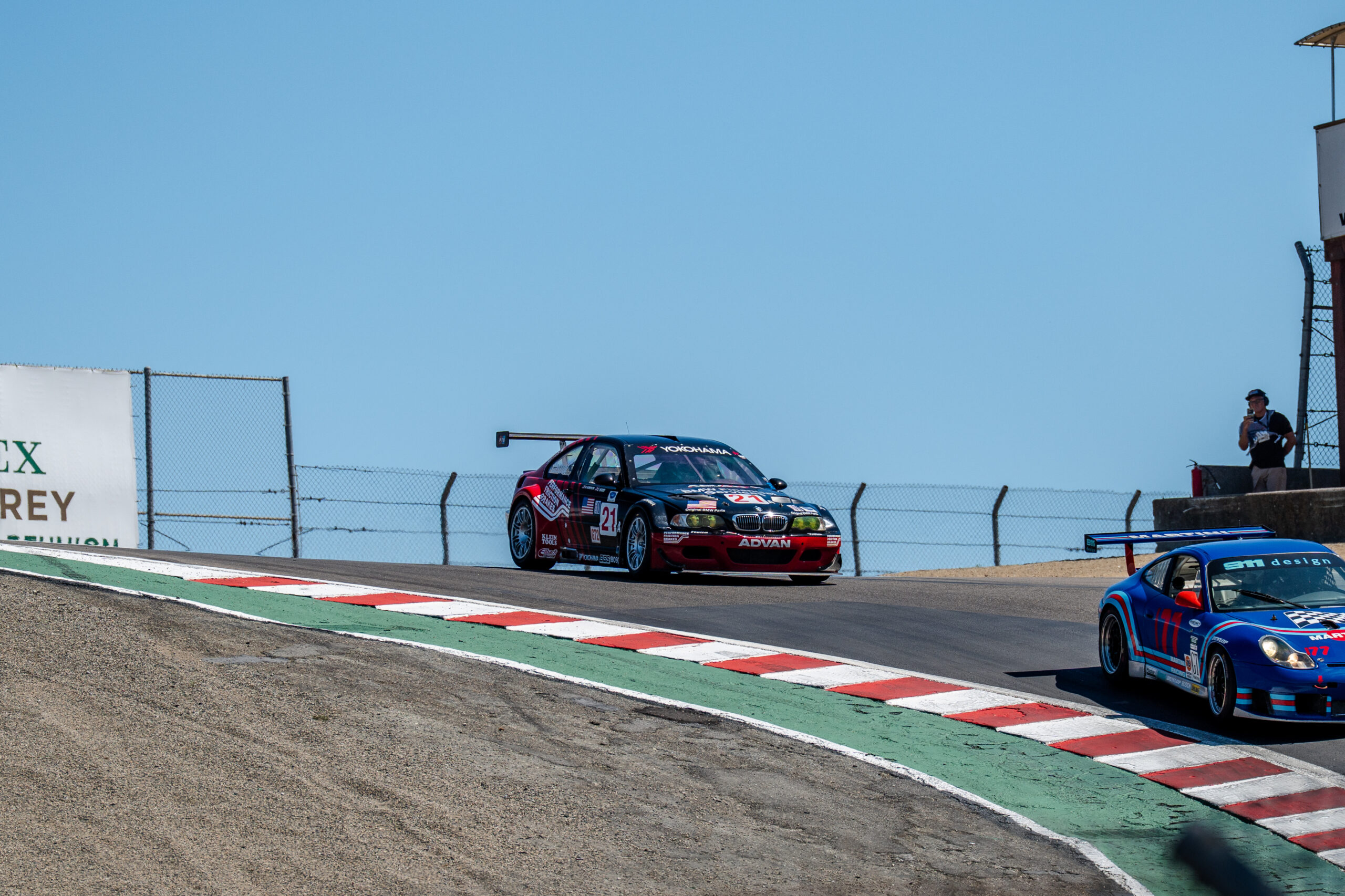This is the story of one of the rarest cars I’ve ever sold. Spoiler alert: It wasn’t a BMW—but the lessons I learned apply across the board.
As I write this in the last week of July, it’s been about a year since I started closing the shop, and I’d like to have zero inventory in the dealership by the time this goes to print. After that I can essentially idle the business, reduce my burn to near zero, and decide whether I want to pause my license—the State of Colorado gives you a year—or just kill it once and for all. I’m leaning toward the latter.
As I started to wind down the business last year, it was time to sell off the cars that I didn’t want to—or couldn’t—sell through the usual channels. The 1995 Frost White Honda Civic Si hatchback with only 29,000 original miles was both. The fifth-generation (EG or EH, in Honda-speak) Civic Si was in museum-quality condition thanks to its incredibly low miles and an extensive dry-ice undercarriage restoration I’d had done by a local shop that usually specialized in Ferraris. When I called about their services, the service advisor laughed, “You want to what—to a Honda Civic!?” When it was there, he said it got more attention than any other car in the showroom; it was one of only 451 1995 Frost White Honda Civic Si’s built for the final year of EG production. When the dry-ice blasters were finished, it was arguably the nicest Honda Civic Si in the world—but now it was also the most expensive.
- Photo: Alex McCulloch
- Photo: Alex McCulloch
- Photo: Alex McCulloch
If I had a choice, I would have kept it forever, but with the costs of closing the business looming, I had to sell it. At first, I was optimistic; there has been no hotter segment of the enthusiast market than rad-era Japanese cars. (Let’s use the classic BMW market to illustrate the point. For the last two decades, E30 M3 values have steadily increased; average sales on Bring a Trailer over the past few months hover in the mid-$80,000 range, with rare examples easily doubling that. However, the E30 M3 was an expensive car to begin with. Compare this with a similarly iconic Honda, such as the late-1990s sixth-generation Civic Si, and some clean examples have sold for north of $40,000. That’s for a car with an MSRP in the mid-teens, a decade’s worth of inflation after the E30 M3 was released with an MSRP of $35,000. Then there was the recent 2001 Acura Integra Type R, which sold for a staggering figure of $204,400.)
By this logic, my 29,000-mile EG Honda Civic Si should have been an easy sale. I listed it on my website for $28,926, which was the original MSRP of $13,920 adjusted for 2024 inflation. It was also a little less than a dollar a mile! Unfortunately, I wouldn’t come close to breaking even at that price—it takes a special kind of idiot to spend original E30 M3 money on a 1995 Honda Civic Si—but I didn’t buy the Civic Si to make money, I bought it because it was a time capsule that transported me back to my youth.
Like the E30 M3, the Civic Si had a certain magic about it—a wonderful simplicity that is lost on modern cars. It made me smile every time I drove it; rowing through the gears to redline was an occasion, even if it took a while to reach full speed. Unlike the E30 M3, it was not rare in its day, but now examples like this were impossible to find.
Nobody saved a Honda Civic—well, almost nobody.
Generally, the fastest way to sell a rare and obscure car is through an online auction, such as Bring a Trailer. This is a volatile market that generally favors the buyer, but it is a good way to get fresh eyes on a car that has been stagnant. Bring a Trailer could be a perfect fit for my Civic Si; maybe I’d hit a home run. The problem was that recent examples, albeit none had mileage as low as mine, were closing in the mid-teens. I was going to lose money on the Civic Si, but I couldn’t stomach a loss at that price.
- Photo: Alex McCulloch
- Photo: Alex McCulloch
From the buyer’s perspective, $28,000 for a Honda Civic Si was a huge sum; this money would buy you a sorted S2000 or a superior sixth-generation Civic Si, not to mention a BMW E36 or E46 M3 if you wanted a real sport sedan.
Needless to say, the phone didn’t ring.
As the weeks of silence turned into months, I posted the car on Facebook Marketplace in desperation—and suddenly everything changed. Messages streamed in by the hundreds. With the lack of accountability of anonymous online communication, I braced for toxic messages, but to my surprise, they were overwhelmingly positive; after months of minimal interest from my website, I had hundreds of inquiries. I still had to weed through the riff-raff, but soon I found the perfect buyer.
Actually, thanks to the algorithm, he found me. Someone shared my post in an enthusiast Facebook group, and he met the three requirements necessary to buy a rare and obscure car like the Civic Si: the passion to appreciate it, the financial means to afford it, and the willingness to spend that money. In a matter of days, the Civic Si was off to its new home, and the buyer couldn’t have been happier with it.
I was sad to see the Civic Si go, but I was glad it went to the right home—although I never would have thought that it would be through Facebook Marketplace.

